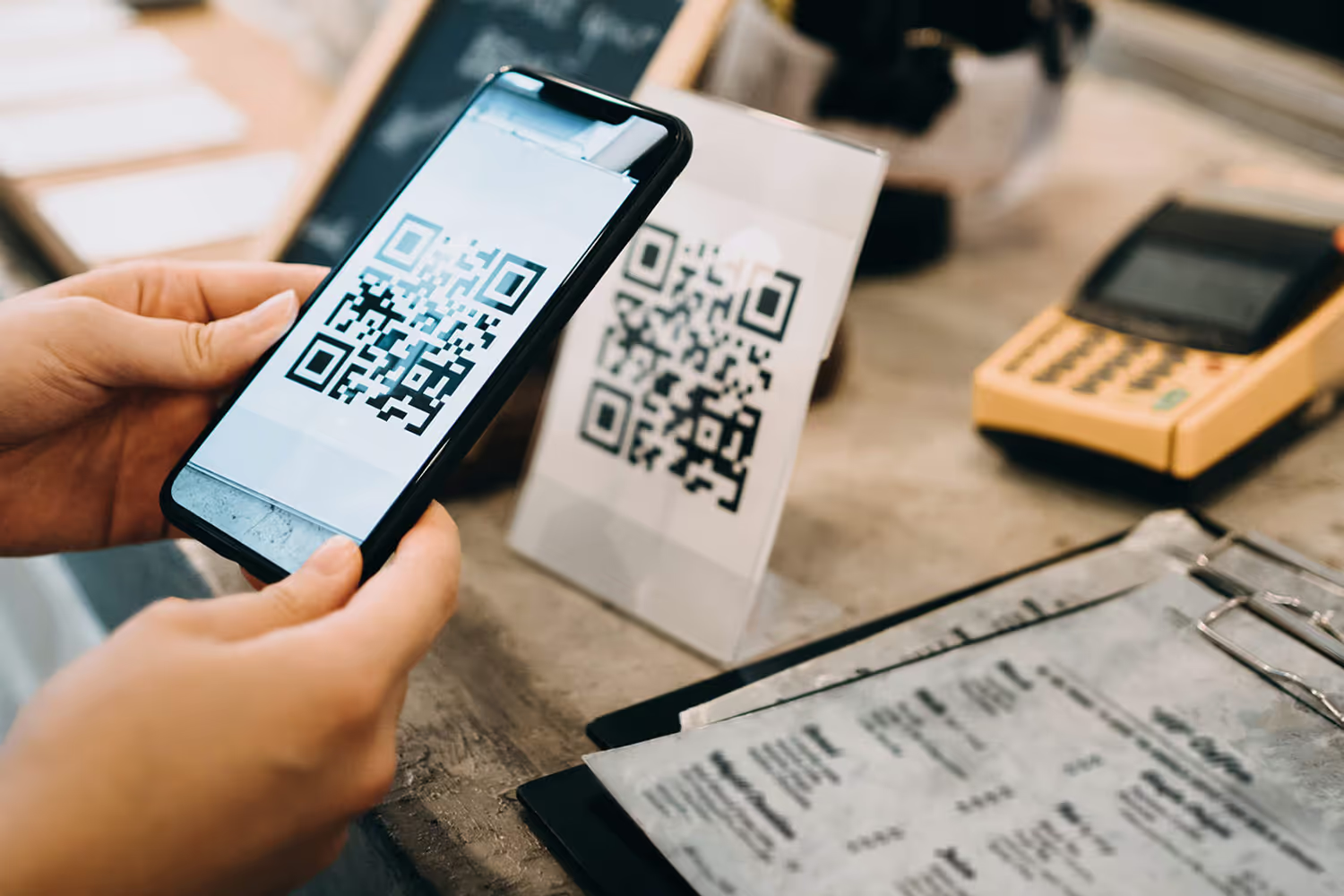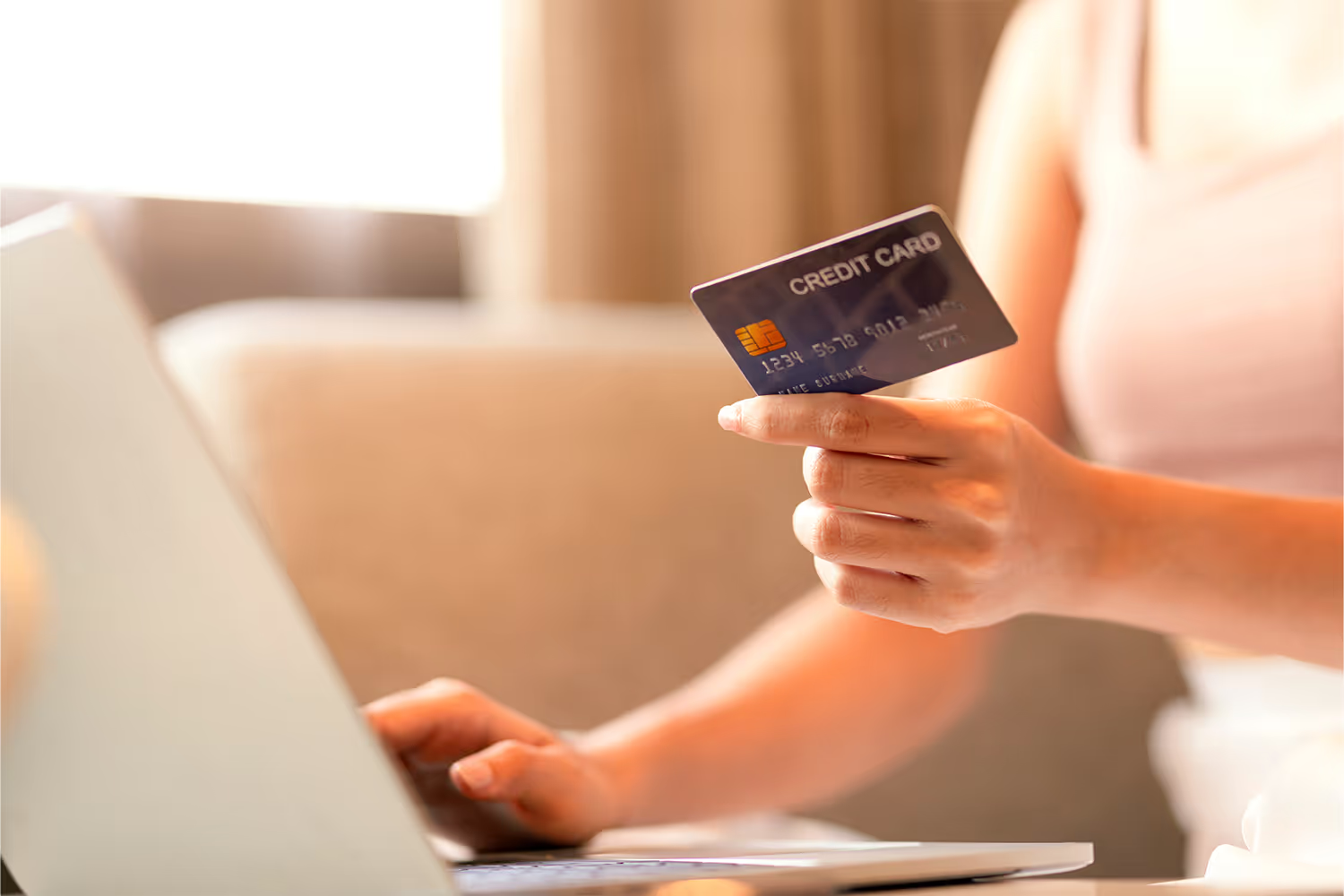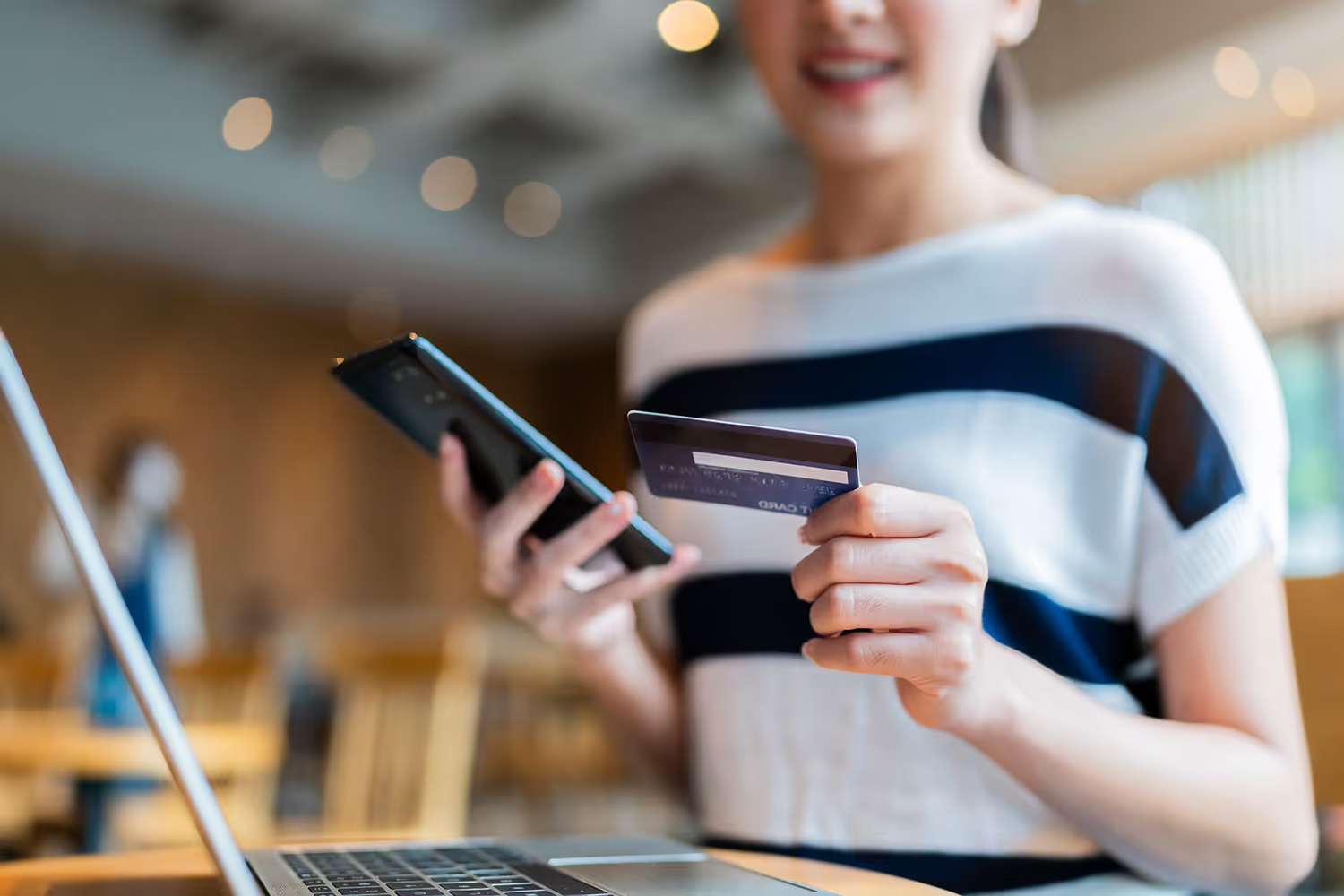
How to create a QR menu for your business
You, as a business owner, know perfectly well that pandemic has changed everything. We are not only talking of economic impact, we are also talking about the measures that you had to implement in the day-to-day operation of your business such as the use of masks, sanitization points, continuous disinfection of surfaces or even things like your cell phone or credit card reader.
Minimizing contact with objects and surfaces is another important measure to prevent contagion in your establishment, therefore many businesses (especially restaurants) have decided to create QR codes for their product catalogs or menus.
That is why, in this occasion, we want to help you to create a QR Code. Even if you do not consider yourself an expert in technology, don't worry, here we will explain it to you in the simplest way possible. But first let's analyze the following.
What is a QR code?
In English, the concept of QR code comes from Quick Response code, and in Spanish it can be translated as "código de respuesta rápida" (quick response code). But, for clarification we could say that these codes are the evolution of a bar code and work similarly, since it only requires a reader to display on a screen (cell phone or computer) more information about the object where the bar code is placed.
In the case of the QR code, however, you don't need to have specialized equipment (as it happens with the barcode reader we see in the supermarket) because the code can be read through the camera of a smartphone and this will open a web page.
In the past, users had to download an application to read a QR code, but this feature is now integrated into most smartphones (thanks to the release of new models and operating system updates).
Only note that, for this to work, all users must be connected to the Internet through the data network or WiFi.
Benefits of using QR menus
- They are more secure than physical menus. Traditional menus are used and touched by several diners on the same day, also they are reused by several groups of people and are managed by the restaurant staff.
On digital menus, everybody uses his or her own cell phone to check it. Restaurant staff might even change the QR if it wears out or if the breakfast, lunch and dinner menus change. All of this equates to a safe dining experience and reduces the risk of transmitting any disease. - Menus can be easily updated. If every month you have a special dish or you have a promotion for a few days, you have the opportunity to present a completely updated menu, where the available options are presented to the diners.
For example, if for some reason a dish runs out or if you are out of raw materials to make it, you could eliminate it from your menu or mark that dish as not available for the moment. This way, none of your customers will be surprised when they order and you no longer have what they ordered.
- Improve the design. These types of digital menus give you the ability to create whatever you can think of, as you can make it come to life on a web page, as a pdf or even as a slideshow that helps you stand out. It might even contain a search engine to make it easier for your customers to find their food.
- Reduce costs. All menus are digital, therefore restaurants save on printing services, paper and plastics that represent traditional menus.
- Can be integrated with other systems. QR menu applications can be integrated with restaurants POS systems, online ordering systems, and waiting list applications, among others.
This results on better data and information for restaurant owners and a better user experience for diners.
How to create a unique QR code for your business
Although digital menus with QR codes existed before the advent of covid-19, they were never widely adopted. However, during the pandemic, they became an important option for restaurants, which found in these codes a new tool to help them create a safe menu.
For the same reason, a number of tools that will help restaurants to create a digital menu were born, either for free or at an additional cost, but with advantages that go beyond merely displaying a menu as we are used to.
For example, NewMenu.net is one of the best online services, completely free, to create and manage QR menus for restaurants. This service allows you to create a digital menu with food categories, images and prices. To get started, just go to the home page of the website and create a free account.
You only have to enter an email address and confirm it, then you will have access to a control panel where you can create your menu. At the end you will have a QR code to share or print.
Each and every customer who scans that QR code will see your menu from their mobile devices. NewMenu offers dozens of QR templates ready to download and customize with your logo, restaurant name and other details.
Another option is Famenu, which started already in 2013 offering the option of ordering from the phone, takeout, home delivery and shipping with the possibility of payment with cards or PayPal. It has a free option, but if you want all the functionalities, you will have to pay a fee.
Payment options such as UQR allow you to upload your menu quickly and easily, but also gives you the opportunity to add a WhatsApp number for orders, PayPal or Stripe for payments, and even to leave reviews on Google My Business.
However, if you are looking to create a menu in a more practical way, you can enter this tool and choose what you want to share. The following are the options of this platform:
- A URL that takes your customers to a web page or to your social networks.
- Text
- The geolocation of your business.
- Your phone number or email to be contacted.
You can choose the URL option if you are a restaurant and want to share your menu. If you don't have a website, don't worry, you can create a PDF of your menu or services catalog, and upload it to a folder in the cloud, either Dropbox, Box or Google Drive.
Depending on what you choose, this online tool will show you a form with the data you must fill in. Then, you must click on generate QR Code. Finally, save the code image in your computer to print it later and use it as you prefer.
This QR code can be used not only to display your catalog, you can also print it on flyers to hand them out in nearby areas and place your Google My business page to invite neighbors to visit you.
If you already have it, how can you improve its use?
While we have given you tools to create it and also options that you have, it is also about giving a good experience to your customers through digital channels. Do not forget a very important principle: if you decide to provide QR menus, you must also provide internet service or else how do you expect customers to be able to see their menu?
Therefore, it is a mistake to place a QR code menu in an area without Internet. Considering that some of the diners don't always have internet data on their phones, placing the QR code menu in an area without internet is a big inconvenience.
Due to the fact that people expect restaurants to have access to the Internet, some businesses fail to implement their QR code menus due to connection restrictions. To solve this problem, placing the QR code menu in an area with Internet access is important to maintain the transmission of information.
Design
It is a good idea to improve the design of the QR, for inspiration you can take a walk through different areas to see the different presentations that exist, as there are those who show it carved in wood, those who give a plastic card or the classic QR attached to the table.
Remember that people take less than a second to get a first impression about a product or service, so it is a good idea to choose a suitable design among patterns and colors. Do not use light colors such as yellow and neon colors, because these make reading difficult; therefore, it is a good idea to use colors that can be easily detected by the person and the cameras of the cell phone.
Most restaurants play it safe and use the traditional QR code design, the black and white checkered pattern. This QR codes do not, at first glance, bring any special interest to customers. As a result, some diners ignore QR-coded menus and prefer the use of disposable menus.
Your restaurant can experiment with different contrasting color palettes and incorporate them into its QR code menus to convince diners to choose QR code menus over disposable menus.
Once they see your menu, be precise with the design and don't make things different from the digital and physical version. In a restaurant, being consistent can go from the food, the plating and also to the layout of the menus.
Finally, if you decided to create a downloadable PDF, use tools like ilovepdf to reduce the weight of the file, since with a slow connection it could be frustrating. Also avoid wrapping the codes in plastic, since this makes it difficult for phones to read them due to the reflection caused by the wrappings.
QR code menus are a novelty in restaurants and the information about them, in terms of designs and functions, is still scarce for both businesses and customers. However, restaurants are doing their best to offer the best service despite the existence of the global health crisis.

As a leading fintech company, we are frequently under the spot.
Go to Clip in the news*Spanish content only
By clicking Subscribe you're confirming that you agree with our Global Policy.


Explore our current positions. Your next job could be around the corner.
Go to careers


.avif)


